Everest Base Camp Hillary Trek: 20 Days of Raw Himalayan Glory
Let’s cut the fluff—this ain’t your grandma’s Everest Base Camp trek. The 20-day Hillary Route is the OG trail to EBC, following Sir Ed’s 1953 footsteps through the Khumbu’s most wild and untouched valleys. Forget the crowded Lukla highway—here you’ll trade teahouse wifi for proper yak caravans, suspension bridges that sway like drunk tightrope walkers, and views of Ama Dablam so sharp they’ll hurt your feelings. Pro tip: That "moderate" rating? Lies. The 5,420m Cho La Pass will test your soul, but the secret monasteries and empty trails? Worth every gasping breath. This is Everest for those who want the mountains—not the selfie circus.
Man, this 20-day monster isn’t just some stroll through the Himalayas—it’s basically a sweaty, dirt-caked love song to the wild Khumbu. You kick things off down in Jiri (1,950m), where the air’s so thick you could chew it, and honestly, the trails are a weird combo of yak poop, mud, and the occasional wild strawberry if you’re lucky. The whole place sort of shape-shifts as you climb: one minute you’re hustling along ridges with Annapurna photobombing your view, next thing you know, you’re wheezing your way up Cho La Pass (5,420m) and the wind’s out here snatching your soul like it’s got beef with you personally.
But the real flex? Those secret little valleys hiding between Lukla and Namche, places tour groups don’t even know exist. We’re talking ancient prayer wheels spinning in ghost-town villages, and teahouse dal bhat that tastes like it’s been bubbling away since Hillary hauled his gear up here. Oh, and that first face-melting view of Everest’s south wall from Kala Patthar (5,643m)? Pure magic, blisters be damned.
Heads up: that so-called “rest day” in Dingboche? Yeah, nice try. At 4,410m, your lungs are gonna be howling for a break, but honestly, the sunset on Lhotse’s west face is straight-up worth every gasp. Trust me, Tylenol’s got nothing on it.
Nature & Wildlife Wonders Along the Everest Base Camp Hillary Trek
Alright, buckle up. The Hillary Route to Everest Base Camp isn’t some cutesy nature walk where Bambi and friends wave at you. Nah, this trail’s wild—the kind of place where you’re more likely to get photobombed by a yak than snap a perfect Instagram shot. Here’s the real scoop on what’s out there while you’re huffing and puffing up the mountains:
Jungle Starter Pack (Jiri to Shivalaya, 1,950m-2,200m)
You start out in these jungly forests so green it almost hurts your eyes—seriously, you half-expect Tarzan to pop out and ask for directions. In March, rhododendrons throw this flower-party overhead, turning the path into a psychedelic tunnel. Meanwhile, Himalayan langurs are doing full-on parkour in the treetops. And the Impeyan pheasants? They strut around like they own the joint, all metallic feathers and attitude.
Mid-Elevation Madness (Junbesi to Taksindu, 2,670m-3,000m)
Once you hit Taksindu Pass, say goodbye to the jungle and hello to blue pine forests. The smell? Like someone spilled a bottle of Pine-Sol on your hiking boots—sticks with you for days. Black bears hang out here, but let’s be real, you’ll probably just see where they’ve scratched up the trees. If you’re up at dawn around Ringmo, keep an eye out for blood pheasants—these little guys zip across the trail like hot coals with wings.
Alpine Weirdness (Namche to Dingboche, 3,440m-4,410m)
Climb higher and you’re basically on another planet. No more big trees, just scrappy junipers looking like grumpy old bonsai. Over by Pangboche, Himalayan tahr (a.k.a. gravity-defying goat-beasts) chill on cliffs that would give Spider-Man vertigo. And if you see a bird the size of a small dragon dropping bones from the sky? Yeah, that’s a lammergeier, living its best metalhead life.
High-Altitude Mars (Lobuche to EBC, 4,910m-5,364m)
Honestly, this stretch feels like walking across Mars—hardly any green except some weird cushion plants that look like moldy marshmallows. At Gorak Shep, Himalayan griffons circle overhead like the world’s most intimidating air patrol, and pikas (tiny, shouty furballs) squeak at you from the rocks. Oh, and those rusty stains on the stones? That’s snow leopard turf. You won’t see the cat, but you might catch its tracks in the morning frost—basically a “keep out” sign, Everest-style.
Hot Tip: If you’re up near Tengboche at 5 AM and the mist decides to play nice, you might spot musk deer just hanging out under Ama Dablam. Sun’s coming up, everything’s glowing, and for a second, you forget your toes are frozen. Don’t even bother with the camera—no photo’s gonna top the real thing.
Epic Route Unfolding: Lukla to Everest Base Camp and Beyond
Alright, let’s talk about this Everest Base Camp Hillary Trek—it’s not just some “walk in the mountains.” Nah, this thing is a full-on saga. You start with that nuts flight from Kathmandu to Lukla, which is basically a rollercoaster ride with wings, landing you on a runway that looks like it was carved out by a daredevil with a shovel. If your nerves survive that, congrats, you’re officially in the Khumbu, baby.
From there, you dive straight into Sherpa country. Little villages like Phakding pop up, then you roll into Namche Bazaar, which, honestly, is the kind of place you’d expect to see in a National Geographic special. It’s lively—markets, yaks, bakeries with surprisingly good apple pie, and mountain views so big they barely fit in your eyeballs. Kongde Ri, Thamserku? Yeah, those peaks are just chilling in the background like it’s no big deal.
Push on and you’ll hit Tengboche. This is where it gets a bit magical. The monastery sits there, all wise and ancient, with monks chanting and prayer flags flapping like crazy in the wind. The air smells like incense and pine needles and, honestly, you start feeling like you’ve walked into a Miyazaki movie or something.
Next, you climb higher. Dingboche and Lobuche—these places are cold, stark, and rugged. Not a lot of trees, just a whole lot of snow, rock, and that infamous Khumbu Glacier looming nearby. Breathing gets weird, legs get heavy, but man, the view? Worth every step. Nuptse, Lhotse, Pumori—those mountains don’t mess around. They’re basically flexing on you the whole way.
Finally, you drag yourself into Everest Base Camp. It’s not exactly a five-star resort—more like a lunar landscape with tents—but you stand there, freezing, grinning like an idiot because, holy crap, you made it. The summit’s still hiding, but who cares? You’re standing where legends start.
But hold up, the real show is Kala Patthar at sunrise. Get up stupid early, stumble up the hill, and then—boom—Everest and its entourage explode in gold and blue. Feels like you could reach out and touch the sky, if your fingers weren’t frozen off.
Coming back down, everything’s different. Packs are lighter, legs are trashed, and your heart’s kind of full and aching at the same time. Rhododendron forests, stone trails, laughter echoing—yeah, you’ll miss it before you even leave.
Bottom line: this trek isn’t just some bucket-list line item. It’s a full-on experience—altitude, culture, mind-melting scenery, the whole deal. Whether you’re a hardcore trekker or just someone with a stubborn streak, the Everest Base Camp Hillary Trek will absolutely chew you up and spit you out a little different. And honestly? That’s kind of the point.
Walk Where Legends Walked: Why the Everest Base Camp Hillary Trek is Freakin’ Unforgettable
Look, there are hikes—and then there’s THIS. The Everest Base Camp Hillary Trek isn’t just about ticking a box or grabbing a selfie at the world’s most famous mountain. Nope. It’s a rite of passage, a mental and physical rollercoaster through the wild heart of the Khumbu, on the very path Sir Edmund Hillary and Tenzing Norgay first stomped along. Imagine walking in those footsteps—literally—while the air gets thinner and your jaw keeps dropping every five minutes. Spiritual temples older than your grandma, villages clinging to cliffs, mountains that make you feel like an ant—yeah, it’s that epic. If you’re craving something to brag about for the rest of your life, keep reading. This trek? Total game-changer.
- Everest Base Camp (5,364m) – Boom. You’re standing where the legends started their climb. There’s prayer flags, icy winds, and a sense of “how am I here?”
- Wild Flight to Lukla (2,860m) – The plane ride? Basically a rollercoaster in the sky. You land on a runway that kinda looks like a driveway clinging to a cliff. Hold onto your snacks.
- Namche Bazaar (3,440m) – This place is the Sherpa capital, but also lowkey a backpacker’s dream: mountain views, coffee shops, monasteries, yaks wandering by like it’s no big deal.
- Sunrise at Kala Patthar (5,545m) – Drag yourself out of bed in the dark and get blasted in the face by a sunrise that’ll make you cry a little. Everest just glows out there.
- Tengboche Monastery (3,867m) – It’s like a spiritual recharge. Monks chanting, incense swirling, Ama Dablam towering outside the window. Kind of surreal, honestly.
- Sagarmatha National Park – You’re hiking through a UNESCO site, dodging rhododendron trees and maybe a Himalayan tahr if you’re lucky. Nature’s flexing hard out here.
- Dingboche (4,410m) – Acclimatization? More like “hang out with yaks and try not to freak out about the altitude.” The valley views slap.
- Glacier Walk near Lobuche & Gorak Shep – The ground crunches, your breath fogs up, and suddenly you’re in a silent, alien world of rock and ice.
- Sherpa Teahouses – Cozy, smoky, full of laughter and random trekkers from all over the globe. The tea is hot, the beds are basic, and the stars are insane.
- Khumbu Culture – Sherpas, mani stones, spinning prayer wheels, and the kind of mountain wisdom you can’t Google. This isn’t just scenery—it’s living history.
- Landscapes That Change by the Hour – You start in pine forests, wander through flower-filled meadows, and end up in a frozen moonscape. Seriously, it’s like hiking through a National Geographic slideshow.
- Epic Peaks on Repeat – Everest, Ama Dablam, Lhotse, Nuptse, Pumori—every corner, there’s another mountain flexing in your face. If your camera battery dies, you’ll cry.
(Ready to have your mind (and legs) blown? Yeah, this is the trek.)
When to Hit the Everest Base Camp Hillary Route: Real Talk on Seasons for All Kinds of Trekkers
Listen, picking when to do the Everest Base Camp trek isn’t just about circling a date on your calendar. You wanna vibe with the mountains when they’re showing off, right? Whether you’re after those jaw-dropping, blue-sky Everest shots or just want some peace and quiet away from the selfie-stick crowd, getting a handle on Nepal’s seasonal quirks is everything. The Khumbu’s got moods—golden autumns, silent snowy winters, wildflower springs, and the wild card: monsoon. Here’s the lowdown, season by season, with some real-world flavor.
🍁 Autumn (Late September to November) – The Best Season
No contest—autumn’s the champ. The monsoon’s scrubbed the air clean, and suddenly the Himalayas look like they’re flexing for magazine covers. It’s chilly, dry, and super stable, weather-wise. Days at lower altitudes hover around 10–15°C; at higher spots, you’re gonna need your down jacket, trust me. Deep blue skies, Everest and its crew (Lhotse, Ama Dablam, Nuptse) popping off every few steps. Villages buzz with trekkers and guides, everyone swapping stories over masala tea. It’s busy, but the hype is real.
Why you’ll love it:
- Insane views for your Insta (or, you know, your soul)
- No surprise downpours ruining your trek
- Sherpa festivals like Mani Rimdu—absolute scene
What’ll test your patience:
- People. So many people. Teahouses get packed, trails get crowded
- Book your flights and beds early unless you like sleeping in the yak shed
🌸 Spring (March to Early May) – The Flower Power Season
If autumn’s booked solid, spring’s an epic runner-up. The snow melts, the forests go full Bob Ross—rhododendrons everywhere, colors popping. April’s your sweet spot for clear views, although haze sometimes creeps in lower down. It’s warmer too—think 12–20°C at lower elevations, which is perfect for those long hauls. Plus, it’s climbing season, so you’ll probably see Everest summit teams prepping at Base Camp, which is pretty wild.
Why it rules:
- Blooming forests, serious eye candy
- Not freezing, but not sweltering either
- Base Camp feels alive, climbers everywhere
What’s annoying:
- Afternoon clouds can photobomb your views, and you might catch a stray shower
- April gets busy, so expect company
🌧️ Monsoon/Summer (June to Early September) – For the Rebels
So, you’re not afraid of a little rain (or, let’s face it, a LOT). Monsoon season is for the brave, the weird, or the folks who just really hate crowds. It pours below 3,500m, trails get slick, and the mountains play hide and seek behind those moody clouds. On the plus side: everything’s neon green, flowers are going nuts, and you’ll have most of the tea houses to yourself. Photographers dig the dramatic skies, but expect flight delays to Lukla—clouds don’t care about your schedule.
Perks:
- You’ll practically have the trails to yourself
- The landscape is ridiculously lush, like something out of a fantasy movie
- Locals have time to chat, and you might score bargain stays
Downsides:
- Forget about mountain views half the time
- Leeches, slick mud, and the ever-present “will my flight get canceled?” anxiety
- Landslides are a real thing in the lower sections
❄️ Winter (Mid-December to February) – The Hardcore Solitude Special
Winter’s for the tough ones or people who just want to dodge everyone else. It’s cold. Like, “why are my eyelashes freezing?” cold. Think -20°C up high. But the skies? Usually flawless. You might go a whole day without seeing anyone but a handful of yaks and a couple of monks. Teahouses stay open but get ready for basic amenities and “rustic” heating (read: you’re cuddling your sleeping bag). If you’re set up with legit winter gear, though, it’s peace, quiet, and untouched snow all the way.
What’s awesome:
- Silence, solitude, and unspoiled views
- Cheap beds, easy bookings—no fighting over rooms
- Mountains so clear you’ll think you’re hallucinating
What bites:
- Bone-chilling cold, especially after sundown
- Some high passes shut down with snow
- Sun sets early, so plan those walking hours
So yeah—pick your flavor. Everest Base Camp isn’t going anywhere, but how you experience it is all about timing. Just don’t show up in jeans and flip-flops, okay?
🗻 Trekker’s Survival Guide: Food & Crash Pads on the Everest Base Camp Hillary Trek
Alright, if you’re dreaming of slogging it out on the 20-day Everest Base Camp Hillary Trek, here’s the real talk—good grub and a halfway decent bed matter just as much as your fancy boots. This route’s not just endless mountains, by the way—it’s a mashup of buzzing Sherpa towns, chill high-altitude outposts, and those “wow, are we lost?” stretches of wild Himalaya. Things change a lot as you climb: forests turn into moonscapes, the air gets thinner, and, let’s be honest, the beds get lumpier. But the one thing you can count on? Those teahouses, man. They’re everywhere, and they’re the heart of this experience—cozy, basic, and super welcoming. So, let’s break down exactly what you’re eating, where you’re sleeping, and how not to freeze your butt off at 5,000 meters. Gotta love those “teahouse trekking Nepal” vibes, right?
Where You’ll Sleep: Teahouses & Other Digs
Most nights, you’re crashing in mountain teahouses—think family-run mini-lodges with creaky floors and hot tea on tap. Down lower, like in Lukla, Phakding, or the famous Namche Bazaar, you’ll score some pretty swanky setups: private rooms, sometimes with en suite bathrooms, electricity, Wi-Fi, and—wait for it—hot showers (yeah, you’ll pay extra, but it’s worth every rupee when you stink). As you climb, things get a bit more... rustic. In spots like Tengboche, Dingboche, and Lobuche, you’re looking at twin wooden bunks, one dim bulb, zero heating, and bathrooms you share with your new best friends.
Get up to Gorakshep or anywhere near Base Camp, and it’s barebones city. But hey, the rooms are clean, and they’ll toss you some heavy blankets. Don’t be a hero—pack a sleeping bag that laughs at subzero temps. Trust me, nobody sleeps well shivering at 4,500 meters.
Eat Like a Local (or at Least Try): Food on the Trail
Honestly, the food situation is way better than you’d expect up here. Sure, it’s not gourmet, but you’re not living on instant noodles (unless you want to, no judgment). Every teahouse and lodge has menus that bounce between classic Nepali eats and random Western comfort food.
Dal Bhat is king—rice, lentil soup, veggies, and the best part: refills are unlimited. You’ll see noodles, fried rice, pastas, momos (those little dumplings that are basically edible hugs), soups, pancakes, chapatis—the works. Namche and Tengboche sometimes have bakeries slinging apple pie and chocolate cake. If you can score a slice, don’t walk, run.
Breakfast is usually porridge, eggs, pancakes, and enough tea or coffee to get you moving again. Pro tip: skip the meat once you’re higher up. It’s all flown in and then schlepped up the mountain by porters and yaks. Not exactly farm-to-table, ya know?
Water, Snacks & Special Diets
Water’s easy to find, but it’ll cost you more the higher you get. Bottled water is everywhere, but if you don’t want to blow your budget (and fill the mountains with plastic), grab purification tabs or a filter bottle. Snacks—think energy bars, nuts, chocolate—are rare above Namche. Pack your own stash unless you wanna trade your last Snickers for someone’s left boot.
Veggie or vegan? No worries, the trail’s got you. Gluten-free or super specific allergies get trickier—usually fine in bigger villages, but don’t bank on it up high. Best move: tell your guide or the teahouse folks ahead of time, so they can try to hook you up.
Hygiene: The Good, The Bad, The Just-Deal-With-It
Lower down, teahouses are decently clean. Rooms and dining halls are fine, bathrooms are… well, bathrooms. Higher up, things get rougher—shared toilets, cold floors, sometimes water shortages. Bring your own sanitizer, wet wipes, and a towel you don’t love. Hot showers? Sometimes, if the sun’s been shining. And yeah, they’ll charge you. You’ll pay it. Don’t kid yourself.
Final Thoughts: Roll With It
Look, the Everest Base Camp Hillary Trek will kick your butt in a hundred ways, but food and beds aren’t gonna be what breaks you. As long as you keep your expectations in check and don’t turn your nose up at the basics, you’ll be fine. You’ll eat well, sleep warm (ish), and probably meet a bunch of cool trekkers griping about the same stuff. That’s half the fun. Just remember: Dal Bhat power, 24 hour.
Permits And Documnets Required For Everest Basecamp Hillary Trek:
Alright, let’s cut through the boring admin stuff—if you want to hike the Everest Base Camp Hillary Trek, you can’t just show up with a backpack and a dream. There’s paperwork. Not exactly the fun part, but hey, it keeps the mountains safe and you out of trouble with the local officials (who, trust me, do NOT mess around).
First off, you need a couple of permits. Forget the old TIMS card if you’re flying into Lukla—that’s ancient history now. Instead, you gotta grab the Khumbu Pasang Lhamu Rural Municipality Permit. Everyone needs it, no exceptions. Easiest way? Just pick it up right when you land in Lukla or swing by the Monjo office. It’ll run you about 2,000 Nepali rupees (so, what, $15-20?), which isn’t going to break the bank.
Next up: Sagarmatha National Park Entry Permit. This one’s non-negotiable, since you’ll be wandering through a UNESCO World Heritage Site and all. The park is stunning, but you’re basically paying for the privilege to walk there—and, okay, for conservation too. You can snag this either in Kathmandu (at the Nepal Tourism Board office) or at the Monjo checkpoint. Expect to pay 3,000 rupees if you’re a foreigner, and half that if you’re from a SAARC country.
If you’re doing things the old-school way and entering from Jiri or Salleri instead of flying into Lukla, then you’ll need the TIMS card (yep, it’s still alive for these routes). Get it from the Nepal Tourism Board or the TAAN office. It’s 1,000 rupees if you’re with a group, double that if you’re going solo. You daredevil, you.
Heads up: On the more remote stretches of the Hillary trek, some tiny villages might hit you up for a local tax or entry fee. Usually just a few bucks—basically enough for a couple of momos and a cup of tea.
Couple of other things. You don’t have to hire a guide, but honestly, you probably should—especially on the Hillary route. It’s safer, you’ll get way more out of the experience, and you’ll be helping the local economy. Win-win-win. Don’t worry about restricted area permits though; this isn’t Manaslu or Nar Phu. You’re good.
There’ll be checkpoints. Lots of them. Monjo, Lukla, Namche Bazaar—the usual suspects. Have copies of your permits handy. Maybe even digital backups. Nobody wants to dig through a soggy backpack in the rain.
Oh, and if you’re dragging kids under 10 along (brave soul), most permits are either cheaper or free for them. Always double-check, though—rules change faster than the weather up there.
(That’s about it. Paperwork sorted? Good. Now go get those boots dirty.)
How Fit Do You REALLY Have to Be for the Everest Base Camp Trek?
Alright, let’s get this out of the way: you don’t need to be some ripped, ultra-marathon-running superhero to trek to Everest Base Camp. No ropes, no ice axes, no hanging off the side of a cliff like Tom Cruise in Mission Impossible. But—oh man—it’s still a serious grind. We’re talking long days, thin air, and a whole lotta uphill on rocky trails. The big number? 5,364 meters (that’s 17,598 feet, for the folks who don’t speak metric) at Base Camp. And if you’re feeling spicy, you can drag yourself up to Kala Patthar (5,545 m) for that classic “I’m on top of the world, ma!” photo.
The trek itself? It’s a 12- to 14-day adventure, round trip, clocking in at over 130 kilometers. Expect to plod along for 4 to 8 hours a day, sometimes gasping for breath, especially as you get higher and the air gets stingy with its oxygen.
Here’s the kicker: you don’t have to be an Olympian, but you can’t just roll off the couch either. You need to be able to walk, and walk, and—guess what—walk some more, for days on end. You’ll haul a daypack, which sounds easy until your legs start screaming and your lungs are like, “Bro, where’s the air?” Oh, and don’t get cocky—altitude sickness is a sneaky little gremlin that can smack down even the fittest folks. That’s why those acclimatization days in Namche Bazaar and Dingboche aren’t just “nice-to-haves”—they’re “if you want to make it, you better” days.
Training? Start at least two months out (8–10 weeks is the sweet spot). Cardio is your new best friend—think hiking, stair climbing, running if you must. Mix in some leg workouts (squats, lunges, all that jazz) and core stuff too. If you can, hit some hills or even train at altitude. And don’t just do it on a treadmill—get out there with a backpack, feel the sweat, get cranky, and pretend you’re dodging yaks on a mountain trail.
But hey, don’t sleep on the mental prep either. The weather is unpredictable, the beds are basic, and sometimes you’ll wonder what fresh hell you signed up for. Still, every miserable, glorious, uphill slog gets you closer to that epic moment at Base Camp. Prayer flags fluttering, giant peaks all around, you feeling like a total legend. Worth every sore muscle.
Quick Everest Fitness Facts:
- Trek Difficulty: Moderate to “I need a nap”
- Max Altitude: 5,545 m (Kala Patthar, if you’re feeling it)
- Daily Hike Time: 4–8 hours (bring snacks)
- Acclimatization: Don’t skip Namche & Dingboche
- Training: 8–10 weeks of cardio, strength, and backpack swagger
Bottom line? If you’re reasonably fit and stubborn, you’ve got this. Just don’t try to sprint it. Everest will humble you, but it’ll also blow your mind.
Conclusion:
The Everest Base Camp Trek provides an extraordinary adventure, combining breathtaking natural beauty with cultural immersion. From exploring diverse ecosystems and spotting rare wildlife to engaging with the Sherpa culture, this trek promises a memorable experience. Book your journey today and embark on the adventure of a lifetime.
Prefer a straightforward path to the top? The Everest Base Camp Trek follows the iconic and well-traveled route, leading you efficiently through Sherpa villages and alpine landscapes to the foot of Mount Everest.
🧭 Alternative Tours & Packages
- Everest Heli Trek with Kalapatthar Summit
Trek part of the Everest trail and end your journey with a thrilling helicopter ride from Gorakshep, including a scenic flyover of Everest and a landing at Kalapatthar for breathtaking views.
- Everest Three Pass Trek
A challenging and scenic high-altitude trek that crosses Renjo La, Cho La, and Kongma La — offering unmatched panoramic views, remote trails, and a deeper Everest region experience.
- Everest Region Short Trek
Perfect for travelers with limited time, this short trek delivers incredible Himalayan views and cultural immersion without the demanding commitment of reaching Base Camp
. - Everest View Trek – 5-Star Himalayan Experience
A luxury trekking option that blends Sherpa hospitality and boutique lodges with sweeping views of Everest. Ideal for those seeking comfort while enjoying the mountain landscapes.
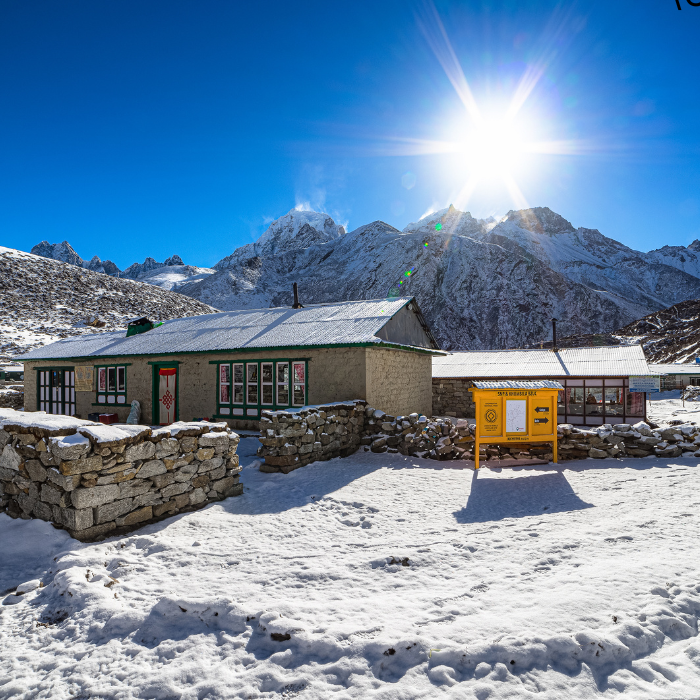
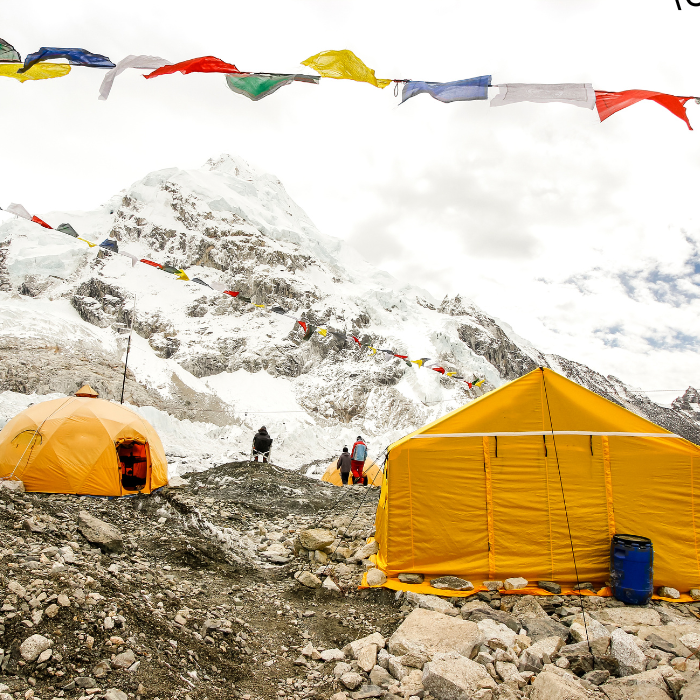
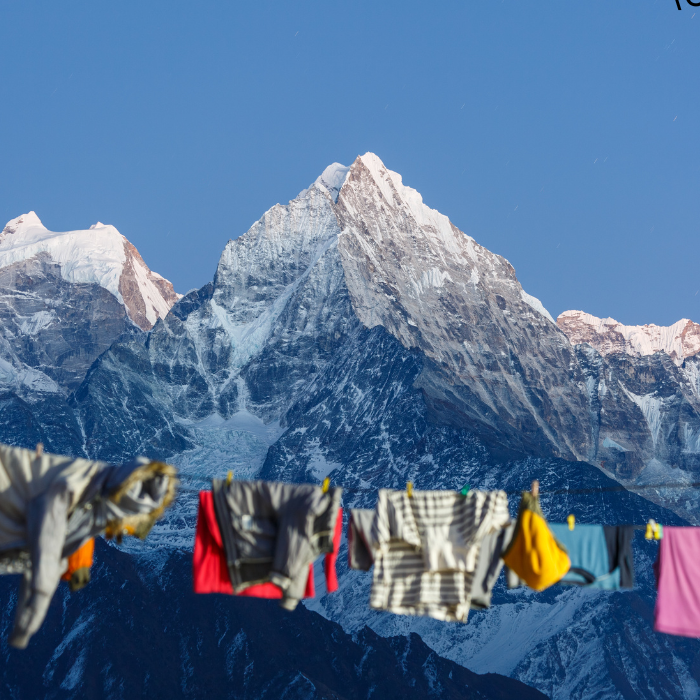
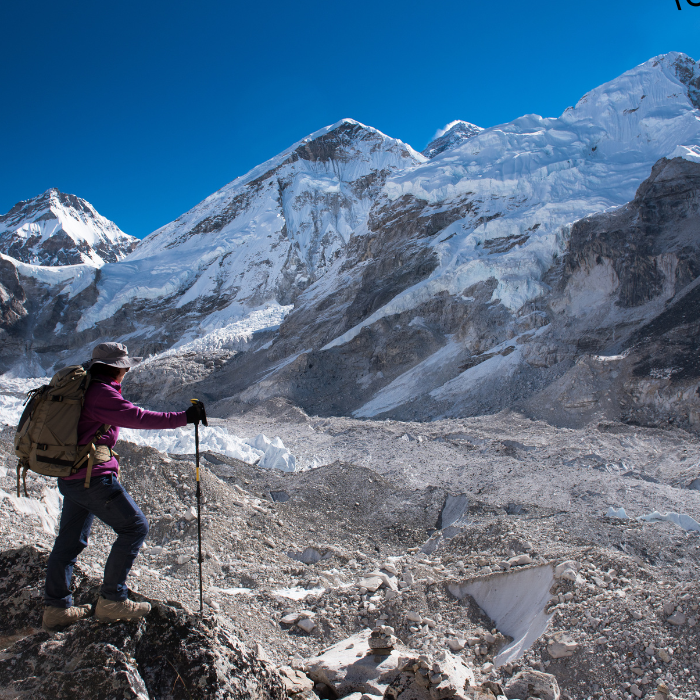
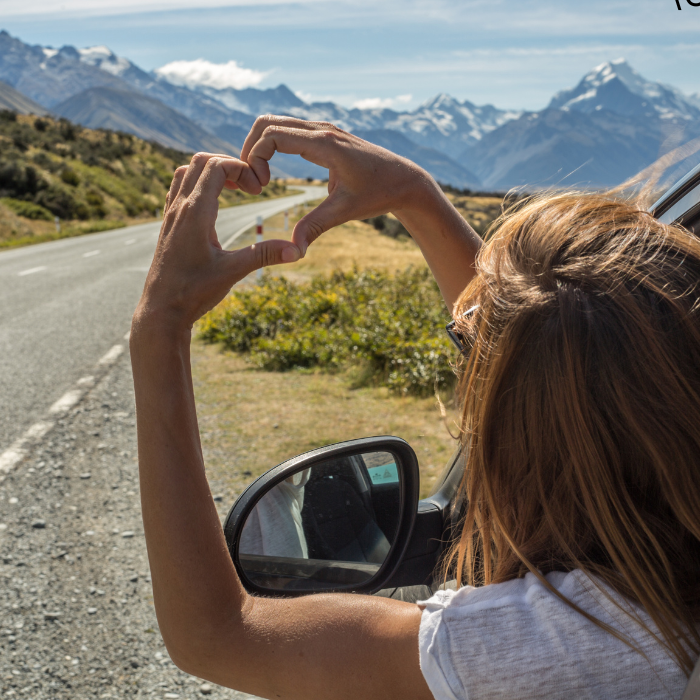
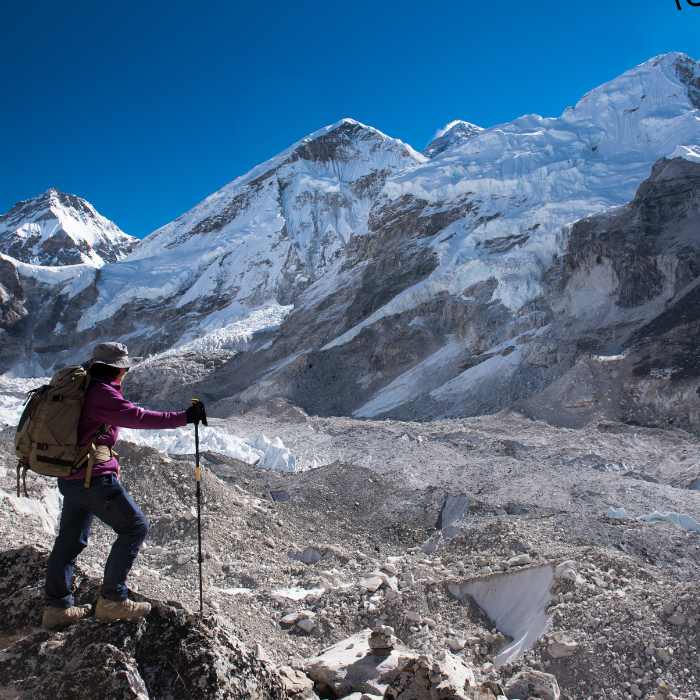


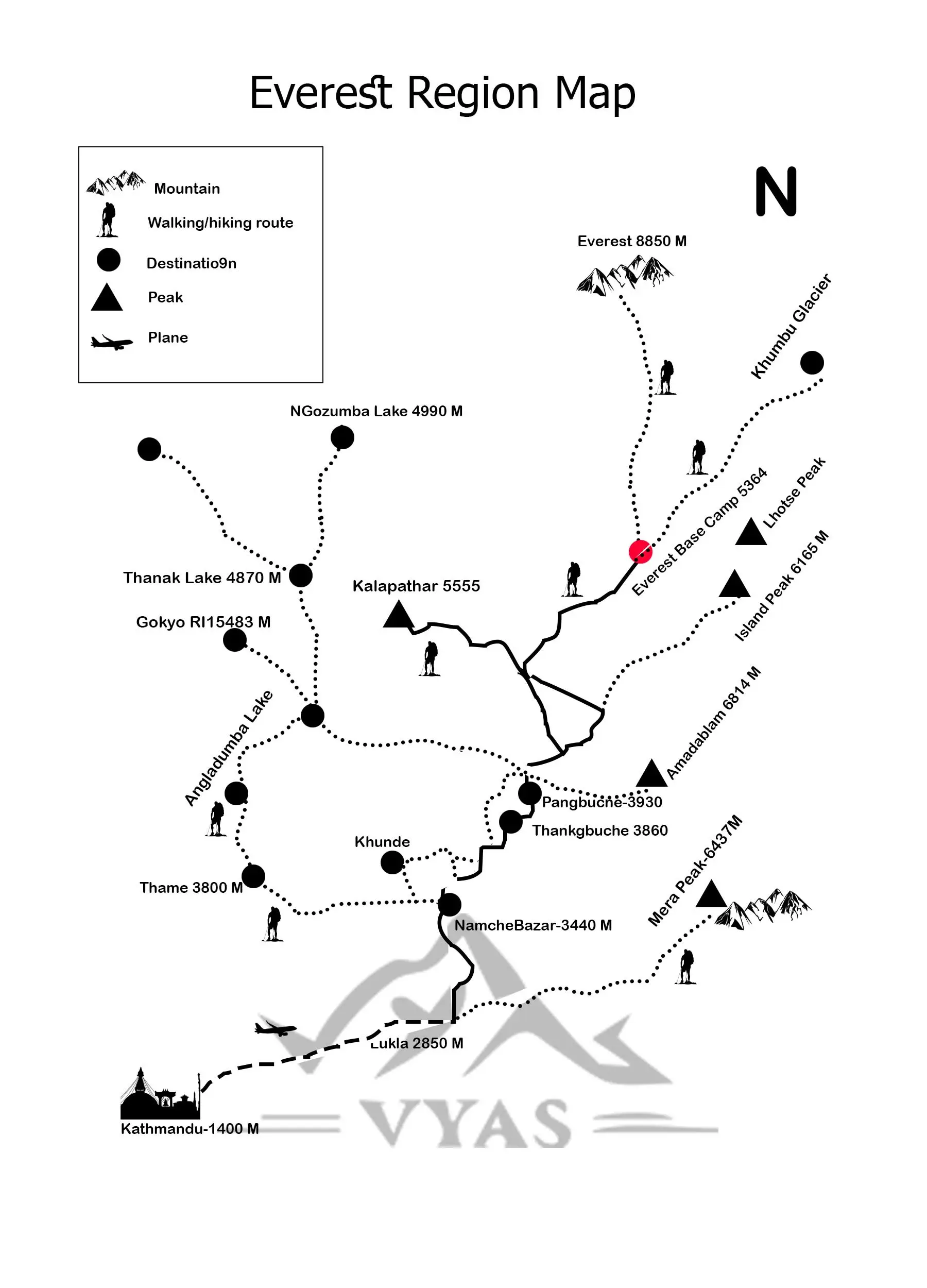






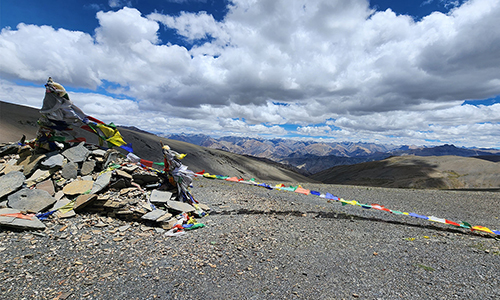

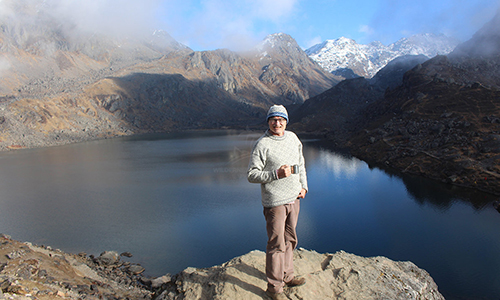


Jonathan Reed
2025-06-16 13:14:56
The Everest Base Camp Hillary Trek with Vyas Treks Nepal was the ultimate adventure! Trekking the legendary route of Sir Edmund Hillary was both inspiring and unforgettable. The views of Everest, the Khumbu Glacier, and the surrounding peaks were mind-blowing. Our guide was professional, knowledgeable, and always encouraging. This trek is a must for anyone dreaming of walking in the footsteps of mountaineering legends!